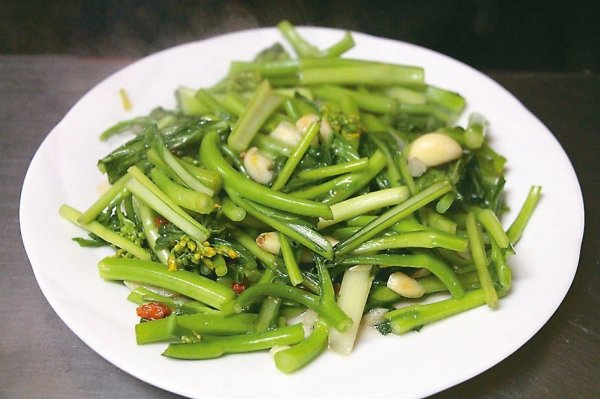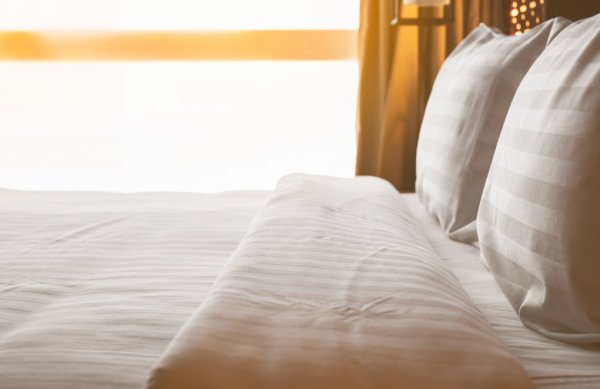Tight hamstring muscles will not be cured by stretching. Experts teach you 3 tricks to help improve the real culprit

Whether you are an athlete, an office worker, or a general sports enthusiast, you may be troubled by tight hamstring muscles. Even if I try to stretch my muscles every day, the tightness still does not get better. Experts point out that the problem is often not softness, but compensatory tension caused by instability in other parts of the body.
Anterior Pelvic Tilt and Muscle ImbalanceThe hamstrings connect the pelvis and knees along the back of the thighs. In addition to bending the knees and extending the hip joints, they also help maintain pelvic stability.
However, when the hip flexors are shortened and stiffened due to sitting, running or cycling for a long time, the pelvis will be pulled forward to form an anterior tilt, forcing the hamstrings to passively lengthen and continue to work to support the body. The "tightness" in this case is actually the defensive tension caused by over-stretching.
In addition, modern people often suffer from insufficient gluteal muscle strength due to prolonged sitting or poor posture, forcing the hamstring muscles and lower back to compensate, further aggravating fatigue and stiffness.
In other words, tight hamstrings are more likely a symptom than a real problem.
Stabilize first and then relaxIf you forcefully stretch the muscles without stability, it may stimulate the nervous system and make the muscles tighter. The first step to regain stability is breathing. Deep and stable diaphragmatic breathing can help the ribs and pelvis return to a neutral position, allowing the core to stabilize and the nervous system to release tension.
The following three movements can help improve:
1. Breathing bridge posecombines deep breathing and hip activation to help restore core stability and muscle balance.
2. Three-way hip flexor stretchStretch in neutral, external rotation, and internal rotation positions to relax the front hip and restore the neutral pelvis.
3. Single-leg deadlifttrains the control and strength of the gluteal muscles and hamstring muscles, and improves dynamic stability.
Do it three times a week, and adjust the intensity each time according to personal conditions. If you persist, you can significantly improve the tightness and mobility of the hamstring muscles.
If you feel tightness or pain in your hamstrings for a long time, experts recommend that you be evaluated by a physical therapist or sports therapy professional to confirm the pelvic posture and nerve tension, and then provide targeted training.
In short, relaxation is not just about pulling away, but about allowing the body to learn stability and coordination again.




